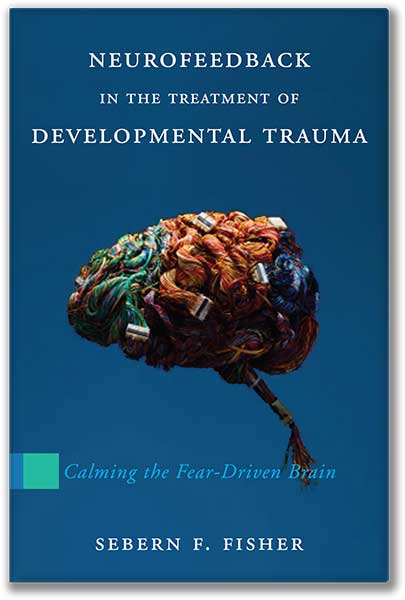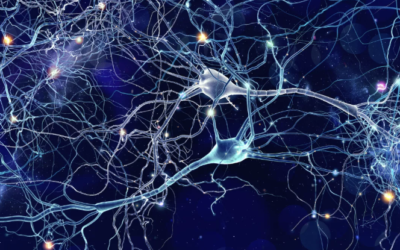Neurofeedback in the Treatment of Developmental Trauma: Calming the Fear-Driven Brain by Sebern F. Fisher is a must-read for anyone interested in understanding the connection between developmental trauma and the brain, and how neurofeedback can be used as an effective treatment.
The book provides a comprehensive understanding of the impact of developmental trauma on the brain, body, and behavior, and how neurofeedback can be used to help individuals regain control over their own brain activity and reduce symptoms such as anxiety, depression, and hypervigilance. The author, Sebern F. Fisher, is an expert in the field of neurofeedback and developmental trauma, and she presents the material in a clear and concise manner, making it easy to understand for both healthcare professionals and lay readers.
The author provides a detailed explanation of the neurobiological mechanisms of neurofeedback, and how it can help to regulate the activity of the fear-driven brain, which is particularly relevant for those who have experienced developmental trauma. She explains how neurofeedback works by training the brain to shift out of a state of chronic fight-or-flight and into a state of relaxation and safety. This can be incredibly beneficial for individuals who have experienced developmental trauma, as it can help to reduce symptoms such as hypervigilance, flashbacks, and emotional numbing.
The book also goes into detail on how neurofeedback can be used in combination with other forms of therapy, such as talk therapy and somatic therapies, to create a holistic treatment plan that addresses the physical, emotional, and psychological aspects of developmental trauma. The author provides several case studies that illustrate how neurofeedback has helped individuals who have experienced developmental trauma, giving readers a real-life perspective on the effectiveness of the treatment.
In summary, Neurofeedback in the Treatment of Developmental Trauma: Calming the Fear-Driven Brain by Sebern F. Fisher is an essential read for anyone interested in understanding the impact of developmental trauma on the brain, and the effective solutions that are available to help individuals heal. The book provides a comprehensive understanding of the subject matter, written by an expert in the field, and is easy to understand for both healthcare professionals and lay readers. It is well-researched, providing a balanced and objective view of the subject. The author’s extensive knowledge on the topic is evident and she presents the material in a clear and concise manner, making it easy to understand for both healthcare professionals and lay readers. The author provides a detailed explanation of the neurobiological mechanisms of neurofeedback, and how it can help to regulate the activity of the fear-driven brain, which is particularly relevant for those who have experienced developmental trauma.





0 Comments